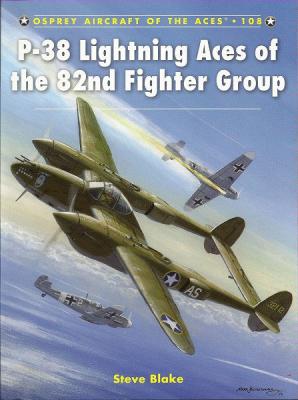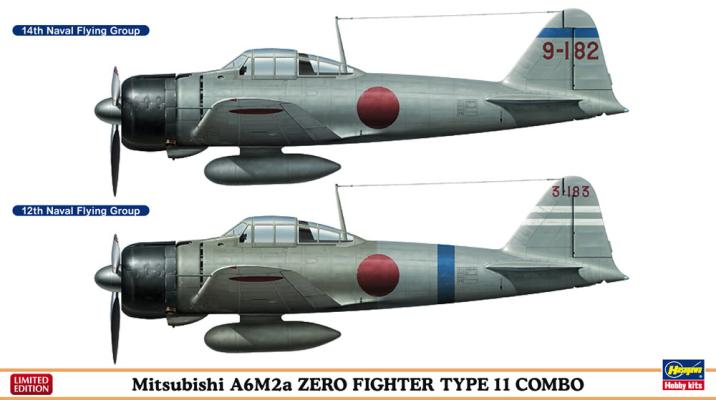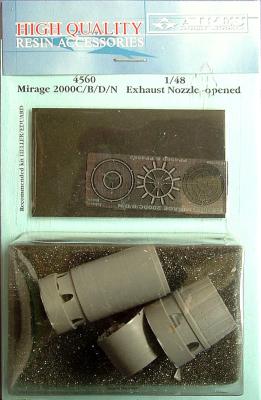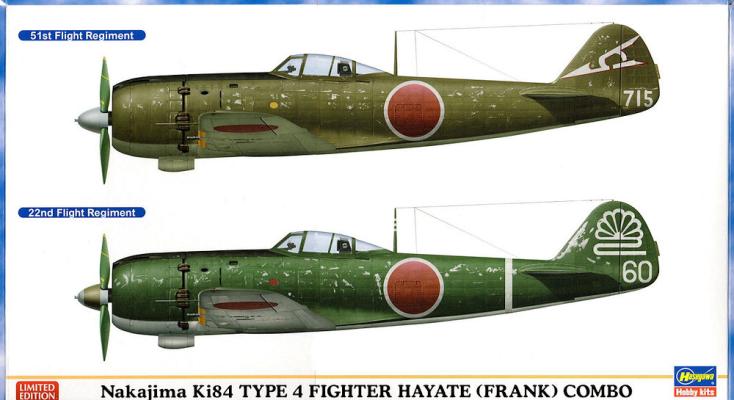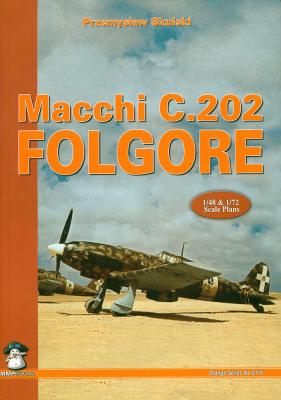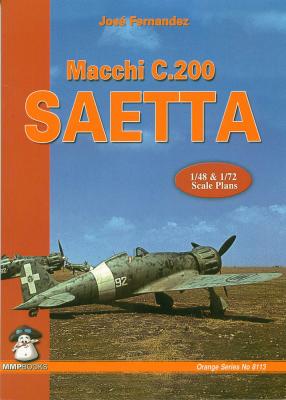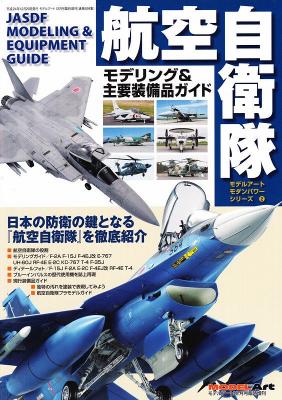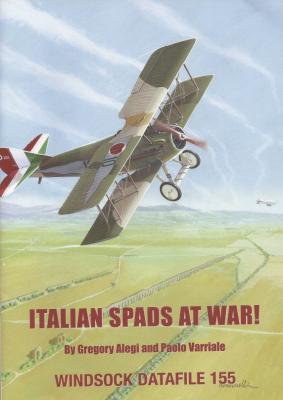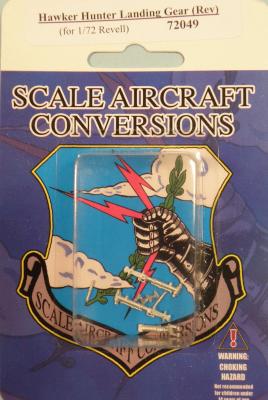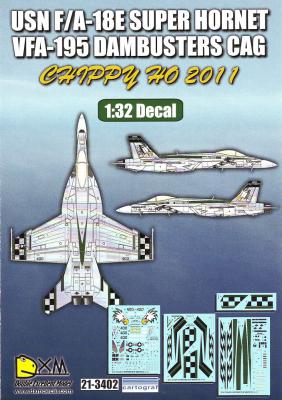The Lockheed P-38 was one of the most recognizable and deadliest aircraft in World War II. It was originally conceived to meet a U.S. Army requirement in 1937 for a high-altitude fighter capable of 360 mph at 20,000 ft. and be capable of full-throttle endurance of one hour at this altitude. Lockheed’s winning design utilized a radical twin-engine, twin tail boom, tricycle landing gear configuration. Designed as a fighter that could fly faster and higher than any other fighter at the time, it was capable of carrying out several types of missions. It could perform as a bomber, a reconnaissance plane, and an escort. However, where it excelled was in the roll of a fighter. It had great success in the China-Burma-India and Pacific Theaters. It also played a vital role in the skies over North Africa and the European Theater. Many pilots became an ace flying the P-38.
Called the most famous aircraft ever produced by Japan, the Zero fighter first appeared in 1939 and was arguably the best fighter aircraft – land- or carrier-based – in the world. It had great range and maneuverability, and its firepower was at least equal to any of its rivals. It had a wingspan of 12 meters and carried an offensive firepower combination of two 7.7 mm machine guns and two 20 mm cannons.
Development of the aircraft started in May, 1937, and the prototype delivered a speed of 491 km/h with its 780 hp Zuisei engine. In 1940, the Japanese Navy adopted the Sakae engine for the aircraft – a 14-cylinder, 940 hp radial engine.
What you get in the large box from Hasegawa are two complete kits; they have recessed panel lines, and there are decals for four airplanes, two each from the 12th and 14th Naval Flying Groups.
There are four manufacturers of 1/48 scale kits of the Mirage 2000 – Airfix/Heller, Italeri, Kinetic, Monogram, and, of course, the re-boxing of the Heller kit by Eduard. All of these kits have poorly detailed exhaust nozzles, except the Eduard re-boxing which provides PE to overhaul the engine to a more convincing replica, the exterior exhaust petals being particularly noteworthy. Enter Aires with its offering of both an open and closed nozzle replacement engine. This is a review of the open nozzle set.
“Forget it, it’s a Frank.” This phrase from the old Famous Fighters series comes to my mind whenever I think about the Ki-84. It is attributed to allied airmen who watched radar screens to find Japanese aircraft that may be potential targets. It meant that the very high performance Frank would be equal or better than the allied aircraft and would not be an easy target. The Nakajima Ki-84 Hayate (Gale) was the culmination of a line of fighter aircraft initiated by Nakajima in 1935 with the Ki-27 Nate and followed by the Ki-43 Hayabusa. The Ki-84 possessed a more powerful engine and was extremely sturdy and possessed good firepower and protection for both the pilots and the fuel tanks. On the down side, the Hayate was beset with problems with hydraulic and fuel pressure systems, brakes, landing gear struts, and a slipping of quality control during manufacture. Fortunately for the allies, the Hayate was never produced in the quantities required by the Japanese Army.
This book in the Orange Series from MMP describes the Italian WWII Macchi C.202 Folgore, or MC.202. This is the expanded second edition of this title, and contains some new information not in the first printing.
The MC.202 is probably the most famous and recognizable Italian fighter of WWII. The aircraft was used in combat from its introduction in 1941 through the end of hostilities. It served with the Italian Air Force (Regia Aeronautica) and also with the German Luftwaffe, as well as a few other countries. This book mainly deals with the fighter in Italian service but does include a small section on the aircraft’s use with other countries.
This book in the Orange Series from MMP describes the Italian WWII Macchi C.200 Saetta, or MC.200. The Saetta was a fighter aircraft built in Italy and flown by the Regia Aeronautica during WWII. The C.200 was well loved by its pilots for its excellent maneuverability, and the design was the basis for the later C.202 and C.205 fighters.
This excellent book covers all aspects of the MC.200’s design, development, and operational use of this fighter. Included within is a wealth of information for the plastic modeler, as well as the general aviation historian. All text in the book is in English.
This is a special issue from Model Art Magazine that deals specifically with the JASDF (Japanese Air Self-Defense Force). The magazine is broken in to three sections. It is printed in Japanese with some English subtitles.
The first section shows off some wonderfully built models and several aircraft walkarounds of the JASDF. Model Art really did a great job covering this area. They dedicated ninety pages of this issue to this section.
The next area that is covered is the aircraft and weaponry of the JASDF. Again, Model Art really did a wonderful job here. Each subject is represented with one color photograph and a small description in Japanese text.
The last section deals with models, decals, and aftermarket parts that are available representing the JASDF. Model Art dedicated fourteen pages to this. It is truly amazing the amount of material that is out there for the modeler.
History
Windsock Datafiles has probably become the premier publisher of detailed studies of specific World War I vintage aircraft, and they have recently branched out into aircraft subjects about which little has been published before. This publication is no exception, as the Spad VII and XIII, while famous in French, American, and other services, was also used by the Italians, although not in great numbers, and many were kept in postwar use until the mid twenties. Although the first French Spads were sent to Italy in 1917, the Italians declined to produce the plane in Italy and imported limited numbers from France, some without engines, rather than relying on Italian production which was often inadequate. As a result, other fighter types provided the majority of combat aircraft for Italian fighter units although the type was used until 1924, and many civilian examples were flown well into the thirties.
Well, Scale Aircraft Conversions has done it again. The have been very prolific in the past couple of years and this new release is no disappointment. It is for the 1/72 Revell Hawker Hunter.
I realize that the Hunter is a small aircraft for a modern jet, but I didn’t realize that the landing gear would be that small. I have about 10 1/72 Hunters that I can use this landing gear on.
As usual, the SAC landing gear is just beautiful. All the fine detail is there, even down to the brake lines. I know a light wash of a dark grey over them will pop out all this fine detail. I plan on getting many more sets for the Hunters that I have. It will be a vast improvement over some of the kit landing gears.
I would highly recommend this set for the Hawker Hunter and all of the SAC landing gear sets. You won’t be disappointed.
I wish to thank Scale Aircraft Conversions and Steve Collins at IPMS/USA for giving me this set to review.
VFA-195 is one of the naval F-18 squadrons people usually don’t remember until either one of two things happens. First, they are called the “Dambusters” after their successful destruction of the Hwacheon Dam in North Korea. Even more recognizable is their “Chippy Ho” scheme of green and black with the large eagles head. They have been carrying some form of this scheme on the CAG aircraft for about 25 years. The squadron was formed many years ago flying Avengers but worked their way up to F-18’s in the 1980’s and to the newer F-18E/F Super Hornet in the 2010. The Dambusters are based at NAF Atsugi, Japan

